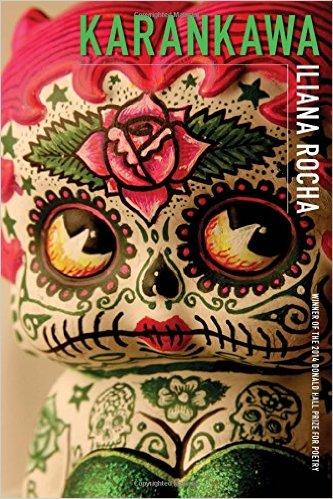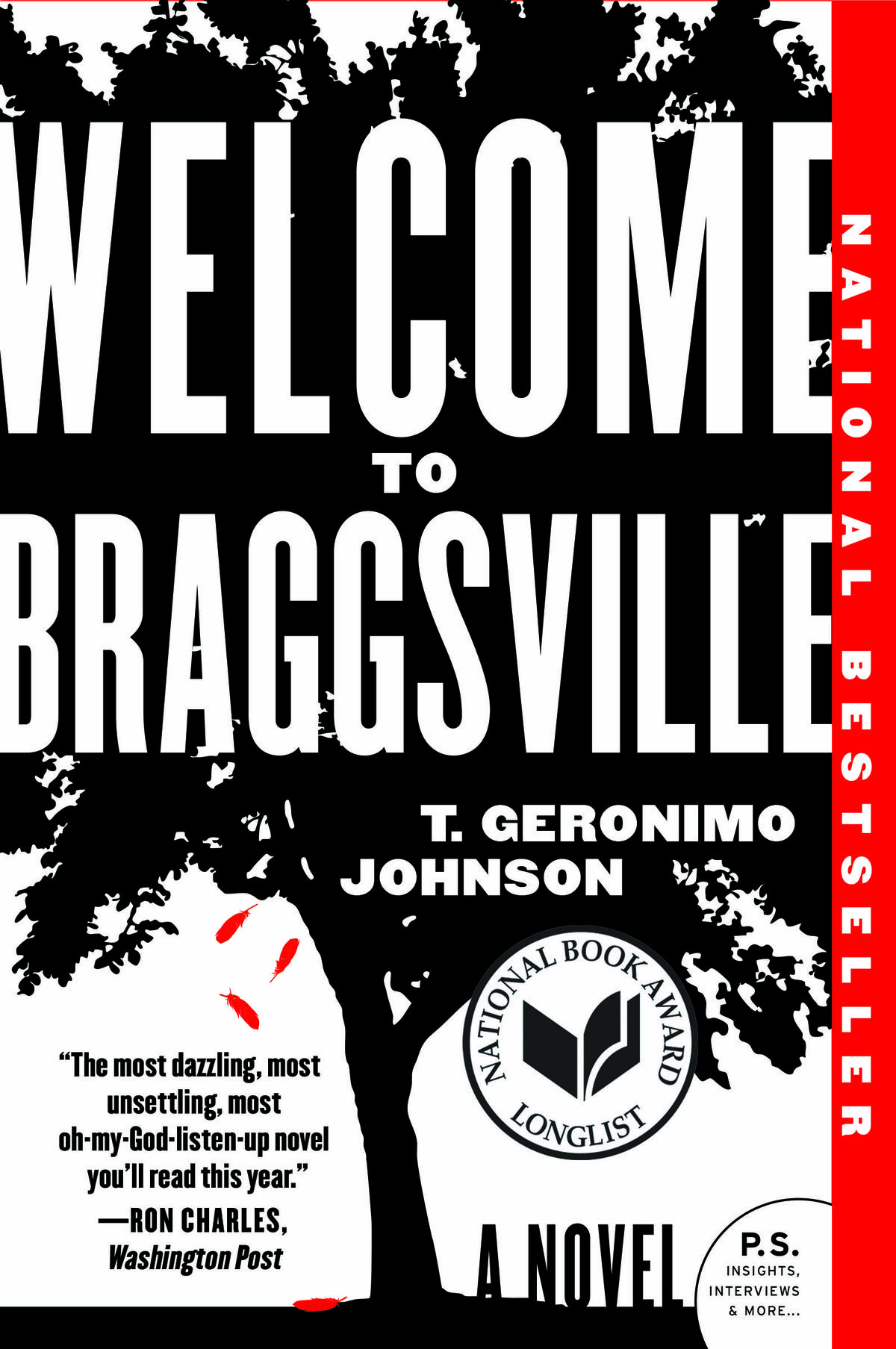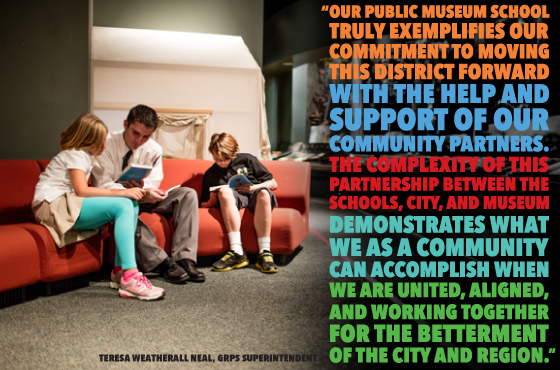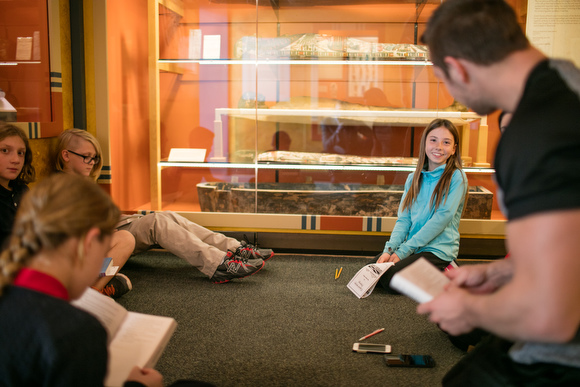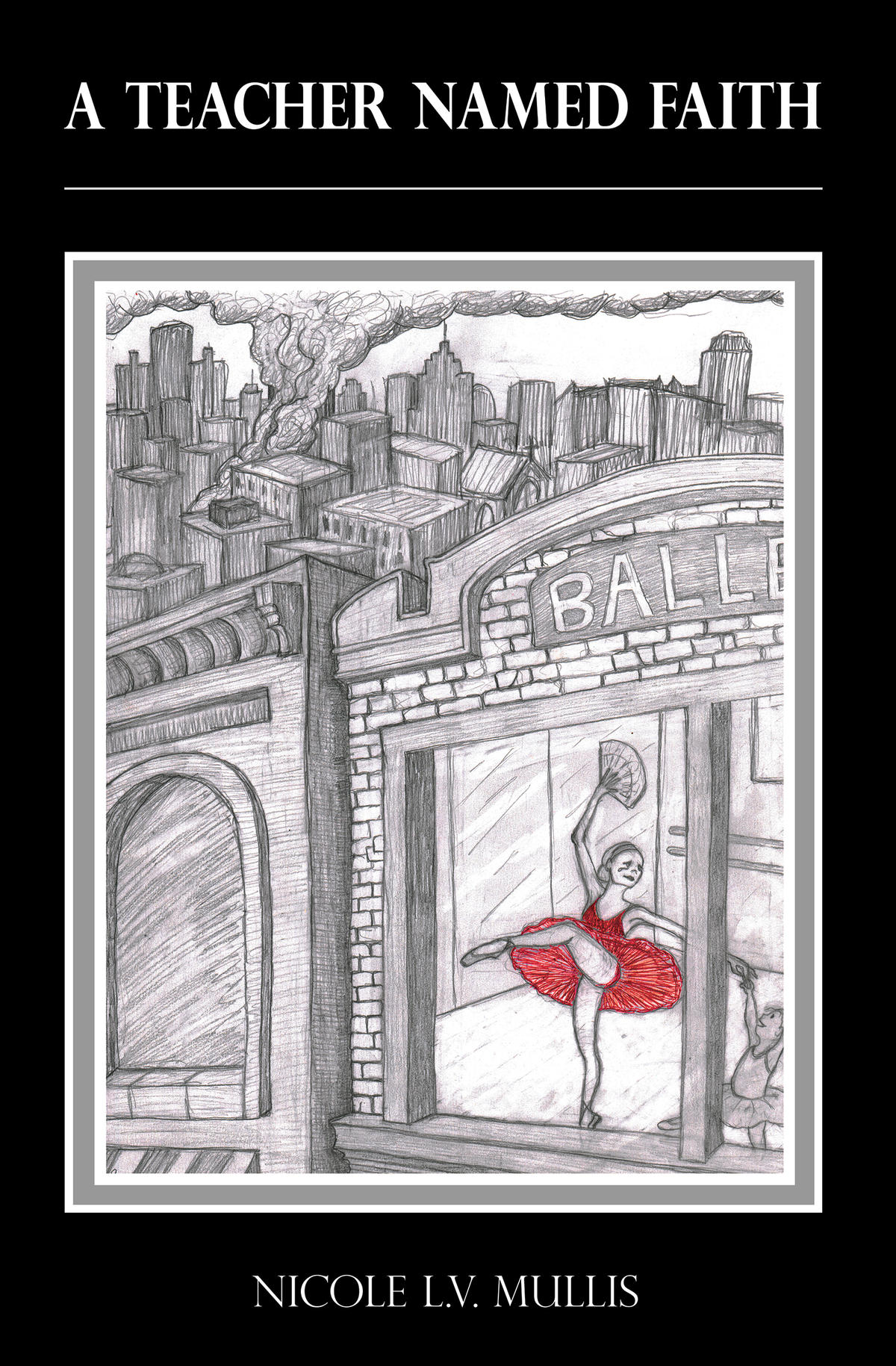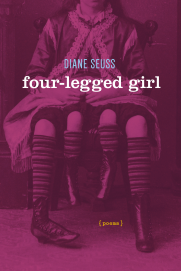for WMUK 102.1 FM
Southwest Michigan's NPR affiliate
Between the Lines is my weekly radio show about books and writers with a Michigan connection. It airs every Tuesday at 7:50 a.m., 11:55 a.m., and 4:20 p.m. (or listen anytime online), on WMUK 102.1 FM, Southwest Michigan's NPR affiliate. I am the host of Between the Lines.
This week's guest: Ladislav Hanka
 |
| Lad Hanka with his collaborative art with live bees (Photo by Zinta Aistars) |
Ladislav Hanka of Kalamazoo is no ordinary bird watcher. His ventures through former Soviet military zones in Eastern Europe pursuing birds sometimes led to his arrest. Some of his bird watching tales are sobering, others are hilarious. Those stories, and Hanka's visual art, are collected in his newest book: In Pursuit of Birds: A Foray with Field Glasses and Sketchbook.
“There have been moments in my life when birds have played a pivotal role as omen and sign,” Hanka writes. “There have also been moments when splendid and otherworldly apparitions of great art have intruded, like signs from above, and changed the course of my life. Occasionally they have come packaged together.”
Hanka’s fascination with birds, and nature in general, began in childhood. His roots are in the Czech Republic, although he's lived in southwest Michigan for many years. Hanka says respect for the earth is deeply intertwined with the Czech culture. He earned his bachelor’s degree in biology and zoology from Kalamazoo College; a master’s in zoology from Colorado State University; and a MFA in printmaking from Western Michigan University. His artwork, mostly prints and etchings, have appeared in galleries and museums worldwide.
In his new book, Hanka has collected nearly 200 drawings and etchings created in 35 years of printmaking. His drawings are based on field studies and on specimens preserved for study in museums. He describes his first encounter with the art of Carel Fabritius at The Hague, in Holland, mesmerized by the beauty of Fabritius' reproductions of birds — to the point of losing track of time, returning again and again to look at a famous drawing of a goldfinch.
"The goldfinch…became a mysterious doorway. I was opening up and learning to see.”
With his own artistic renditions of raptors, warblers, sparrows, nuthatches, juncos, woodpeckers, flickers, owls, vultures, and many other birds, Hanka shares his love of them in line and in story. In his stories, he expresses a respect for the bird as a bird, not as a symbol or metaphor, but for itself. He shares his philosophy of life: to move gently across the earth without disturbing its rhythms but becoming one with those rhythms, including those of birds.
 |
During a trip to Tibet, Hanka discovered the practice of ...

